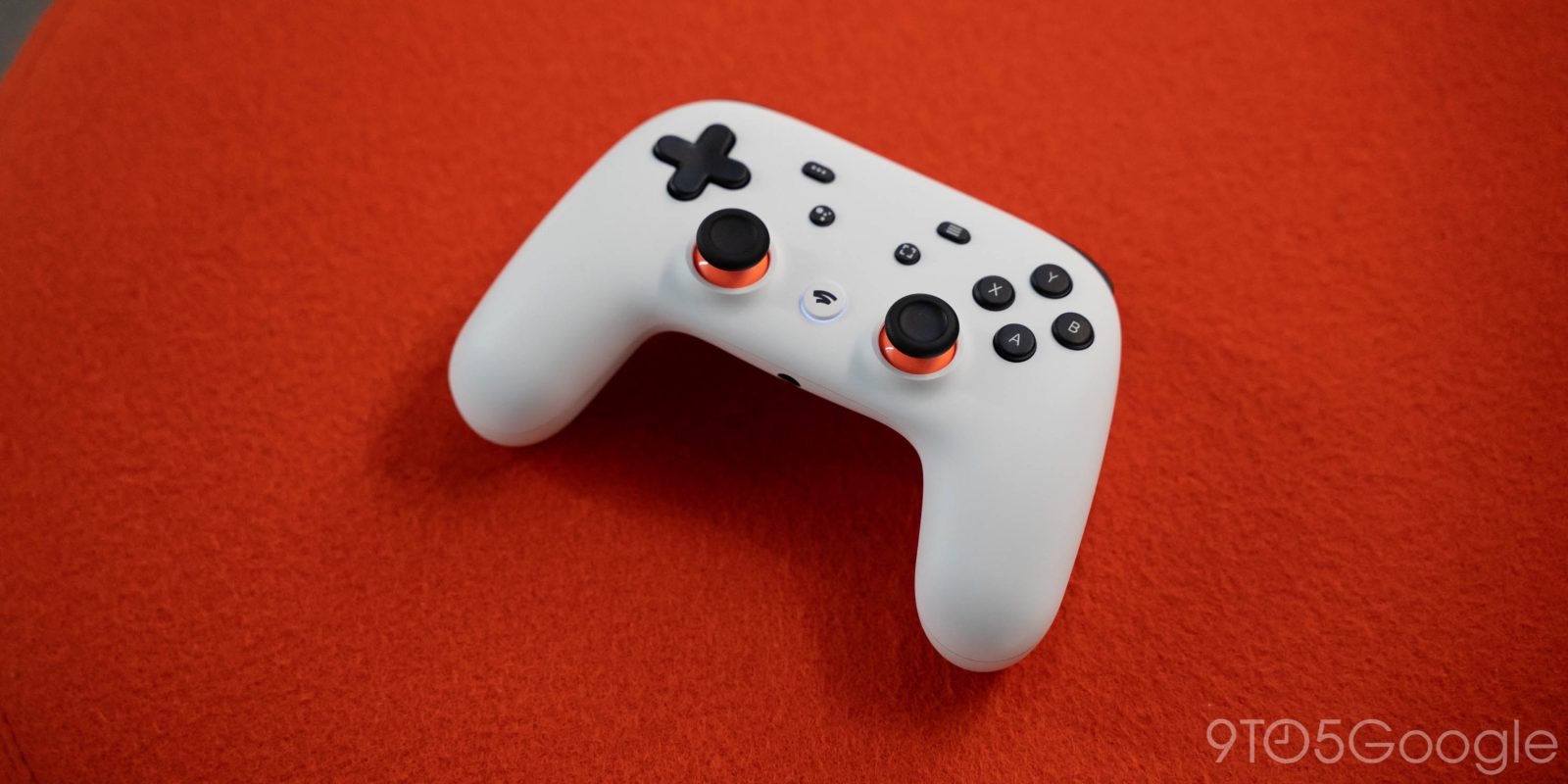
Stadia has been dead for a few months now, but every once in a while, we learn more about the factors that killed it. In a recent hearing, former Google Stadia head Dov Zimring confirmed a few details about why Stadia killed its game studio.
Google announced Stadia Games & Entertainment (SG&E) alongside the platform’s reveal. Multiple physical studios were packed with talent, including industry legend Jade Raymond and the teams behind hit games like Journey to the Savage Planet. During its short life, SG&E teased game-changing tech and ideas, but none of it ever saw the light of day.
Barely a year into Stadia’s life, Google unceremoniously closed SG&E, leaving many game developers out of work and tons of projects on the cutting room floor. Reports even revealed that just days before the shutdown, Stadia VP Phil Harrison was praising the team’s efforts thus far.
As confirmed by Dov Zimring, one of the leads behind Google Stadia, the reason why the platform’s first-party game studio was shut down was entirely based on costs. During the FTC hearing of Microsoft’s acquisition of Activision (via The Verge), Zimring made it clear that the five-year development cycle for first-party AAA games had become “pricier than projected.” This reasoning was largely assumed at the time, but this is the first official confirmation we’ve had.
Zimring further confirmed reports that Google had paid out millions for singular game ports to Stadia but didn’t confirm any direct figures.
Another cost-related failing on Stadia also turns out to be that, at one point, Google considered running the backend on Windows instead of Linux. Google’s Linux base, as Zimring described, offered more flexibility for game streaming, but the decision was criticized by many as it raised the barrier of entry for new games as, for the most part, games are optimized for Windows. Apparently, going with Windows would have “doubled” the cost.
Zimring explains:
We had prototyped on Windows early on… the mission we had established at the very beginning was to enable revolutionary experiences… we saw Windows as limiting to innovate in that regard because we didn’t have control over the operating system.
[Windows] would have doubled our total cost of operating on hardware that was equivalent to the 8th generation consoles, like the PlayStation 4.
As a part of the hearing, Zimring also implied that the biggest failing of Stadia was that it didn’t have “sufficient content” and “blockbusters at the right time.”
More on Google Stadia:
- Google Stadia had less than 10% market share among cloud gaming services
- This is what the death of Google Stadia actually looked like [Video]
- Google Stadia head Phil Harrison has left the company
FTC: We use income earning auto affiliate links. More.




Comments